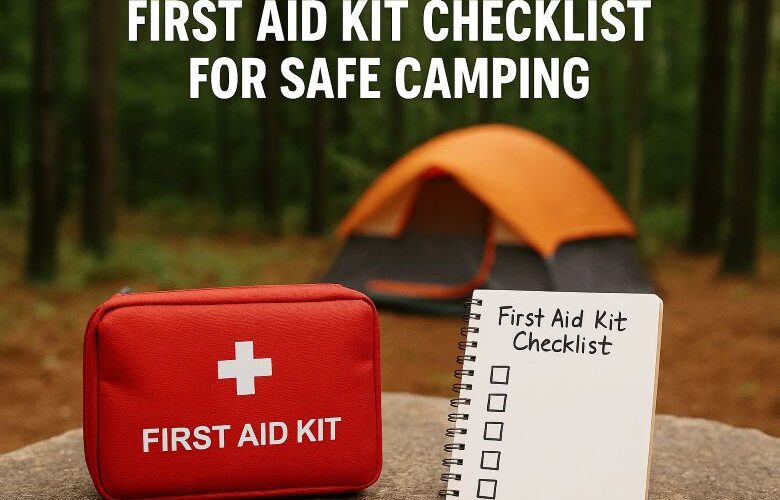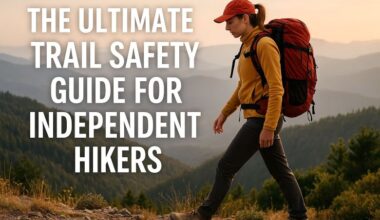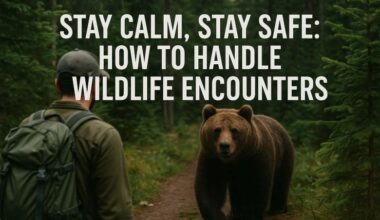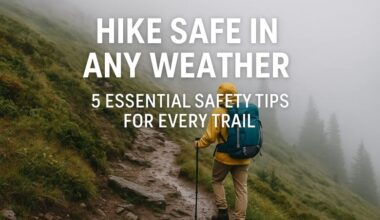Out in the wild, even a small scrape can turn into a big problem if you’re not ready. Camping is all about enjoying nature and escaping daily routines. But don’t let minor injuries ruin your trip. Having a well-stocked first aid kit is key to staying safe outdoors.
Accidents happen, from cuts and insect bites to sprains, so being ready with the right supplies makes a big difference in quick recovery. This guide offers a complete first aid kit checklist so you can camp with confidence and handle emergencies without panic.
Why a Well-Stocked First Aid Kit Is Essential for Camping
Think about the most common outdoor injuries. According to reports, many campers face cuts, bruises, insect bites, and sprains each year. Remote areas just makes things worse, help can be hours away.
You might not have quick access to emergency services. That’s why experts, like the Red Cross and Wilderness Medical Society, say being prepared saves lives. A good first aid kit isn’t just a nice thing to have; it’s a must for any outdoor trip.
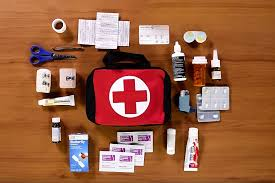
Essential Components of a Camping First Aid Kit
Basic First Aid Supplies
Start with the basics that can treat everyday camping mishaps:
- Adhesive bandages in various sizes for small cuts and blisters.
- Sterile gauze pads and adhesive tape to cover bigger wounds.
- Antiseptic wipes and ointments to prevent infections.
- A pair of scissors, tweezers, and safety pins help clean wounds or remove debris.
- Choose durable, lightweight supplies so your First aid kit is easy to carry and won’t fall apart.
Medications and Preventive Items
Medications can ease pain and prevent infections.
- Pain relievers like ibuprofen or acetaminophen.
- Anti-inflammatory drugs help with swelling.
- Antihistamines treat allergic reactions or insect bites.
- Diarrhea and nausea medications prepare you for stomach issues.
- Insect repellent and after-bite treatments fend off bugs and soothe bites. Don’t forget sunscreen and aloe vera gel for sunburns.
- Store all medications in waterproof containers. Check expiration dates regularly.
Special Items for Wilderness Safety
Some items go beyond basic first aid to support survival:
- A snakebitekit can provide peace of mind (but remember, their effectiveness varies).
- A thermometer and digital pulse oximeter help monitor health.
- An emergency blanket keeps body heat in cold conditions.
- A multi-tool with a flashlight supports repairs, signaling, and first aid.
- Waterproof matches or lighters and emergency whistles help signal for help. Support your safety plan with tools that cover both medical issues and survival needs.
How to Customize Your First Aid Kit for Different Camping Scenarios
Family Camping
Pack pediatric medications and hypoallergenic bandages when traveling with kids.
Bring extra supplies in case multiple injuries happen or young children need special care.
Solo Backpacking Trips
Use compact-sized essentials and include navigation tools and signal devices for emergencies in remote areas.
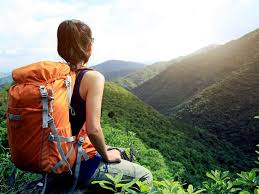
Extended Wilderness Expeditions
If you’re out for many days, pack extra medications, water purification tablets, and repair gear. Increase your supplies based on trip length and remoteness.
Tips for Maintaining and Using Your Camping First Aid Kit
Routine Checks and Restocking
Before every trip, look over your kit. Replace expired meds and used supplies. After your trip, do the same. Keeping items fresh and ready saves frustration when it matters most.
Proper Storage and Accessibility
Always keep your kit in a visible, easy-to-reach location. Use waterproof, shockproof containers to protect supplies from rain and rough handling.
Keep it dry and visible. A bright-colored, waterproof pouch with a bold cross icon stands out in a cluttered backpack. Throw in a few silica packets to combat moisture.
Group like items in zip-bags. Antibiotics and ointments in one, meds in another, bandages in a third. In an emergency you grab the exact bag rather than rummaging through a jumble.
Log expiry dates. A strip of masking tape on the inside lid listing the next expiration keeps checks quick. Replace at-risk items during off-season gear cleaning.
Restock after each trip. When you treat a blister on day two, note it on your phone or drop the empty wrapper in the kit. That visual cue reminds you to replenish as soon as you’re home.
Run practice drills. On a calm evening around the fire, time how long it takes to locate and apply gauze while wearing gloves. The dry run boosts confidence and exposes kit flaws before a real crisis.
Training and First Aid Knowledge
CPR – cardiopulmonary resuscitation, bandaging techniques, and how to use a tourniquet. Practice makes perfect. Reputable courses and online resources can boost your confidence and skills.
Conclusion
A carefully packed first aid kit tailored for camping makes any outdoor adventure safer and more enjoyable. It’s the difference between a minor inconvenience and a serious emergency. Regularly review your supplies, keep them well-organized, and learn basic first aid skills.
Preparing now means fewer worries later, letting you focus on making memories in the great outdoors. Equip yourself with the right gear and knowledge , then head into nature with confidence.
